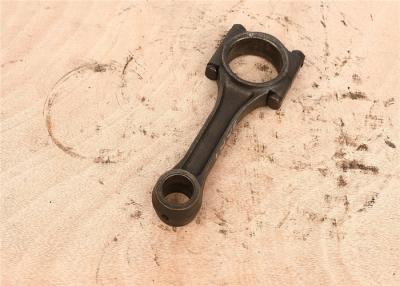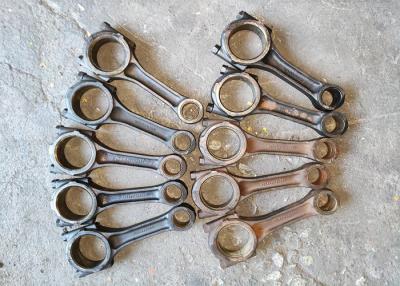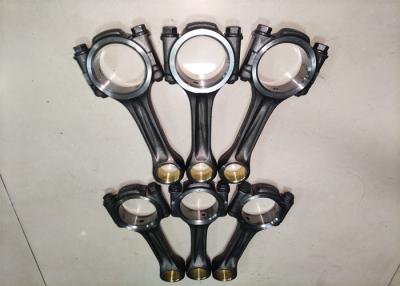






| Price | Negotiated |
| MOQ | Negotiable |
| Delivery Time | 5 - 8 work days |
| Brand | ISUZU |
| Place of Origin | Japan |
| Model Number | 3KR1 |
| Packaging Details | Neutral Package or Fumigation Free |
| Payment Terms | D/P, T/T |
| Supply Ability | 50 pieces |
| Condition | Used | Engine model | 3KR1 |
| Place of Origin | Japan | Packaging Details | Neutral Package or Fumigation Free |
| Color | Same as pictures | Con Rod code | 2855 |
| Material | Iron | Model Number | 3KR1 |
| Supply Ability | 50 pieces | Brand Name | ISUZU |
| Payment Terms | D/P, T/T | Type | Diesel Engine |
| Price | Negotiated | Delivery Time | 5 - 8 work days |
| Product name | Used Connecting Rod | Part number | 8 - 97077790 - 5 |
3KR1 Used Connecting Rod For Excavator 8 - 97310351 - 0 8 - 97077790 - 5
Specification
| Engine number: 3KR1 |
| Application: Excavator |
| Injection: Eddy |
| Engine type: Diesel |
| Number of cylinders: 3 |
| Quality: High quality |
| Size: Standard |
| Packing Neutral: Packing |
Description
Connecting rods – the types you can choose from
Structure of a connecting rod
The
connecting
rod
consists
of
a
connecting
rod
shank
that
links
the
connecting
rod’s
small
end
with
the
connecting
rod’s
big
end.
The
small
end
sits
on
the
piston
pin
and
the
big
end
sits
on
the
crankshaft.
The
connecting
rod
itself
can
have
different
cross-sections,
which
define
the
respective
connecting
rod
type,
for
example,
I-beam,
X-beam,
or
H-beam.
For installation, the big end is split on the crankshaft and mounted on the crank pin with a slide bearing. The small end bears the piston pin and has a bearing bushing. For optimal lubrication, an oil duct is usually drilled through the connecting rod through which the pistons are lubricated.
The way the big end is split may also vary: there are straightly split connecting rods and diagonally split connecting rods (the latter, for example, in diesel engines).
The separation procedures also vary: the rods may be cracked (broken) or milled/ground. During cracking, the piston rods are first manufactured in one piece and then a notch is made in them. They are then broken at this notched predetermined breaking point (cracked). This type of separation enables particularly great force transmission, as the connecting rod and connecting rod bearing cap fit together precisely. To ensure that they fit together accurately, the connecting rod and connecting rod bearing cap must always be used together and cannot be replaced individually.
What types of connecting rods are there?
Connecting
rod
with
H-beam
The cross-section of connecting rods with an H-beam resembles a capital ‘H’, which is where they get their name from. They are designed for engines that run with a lot of hp at low speeds: usually charged engines with a turbocharger or compressor. These are optimal to withstand the pressure from compression. One example of this is our H-beam connecting rod for the 2.5L TFSI like in the Audi RS3.





